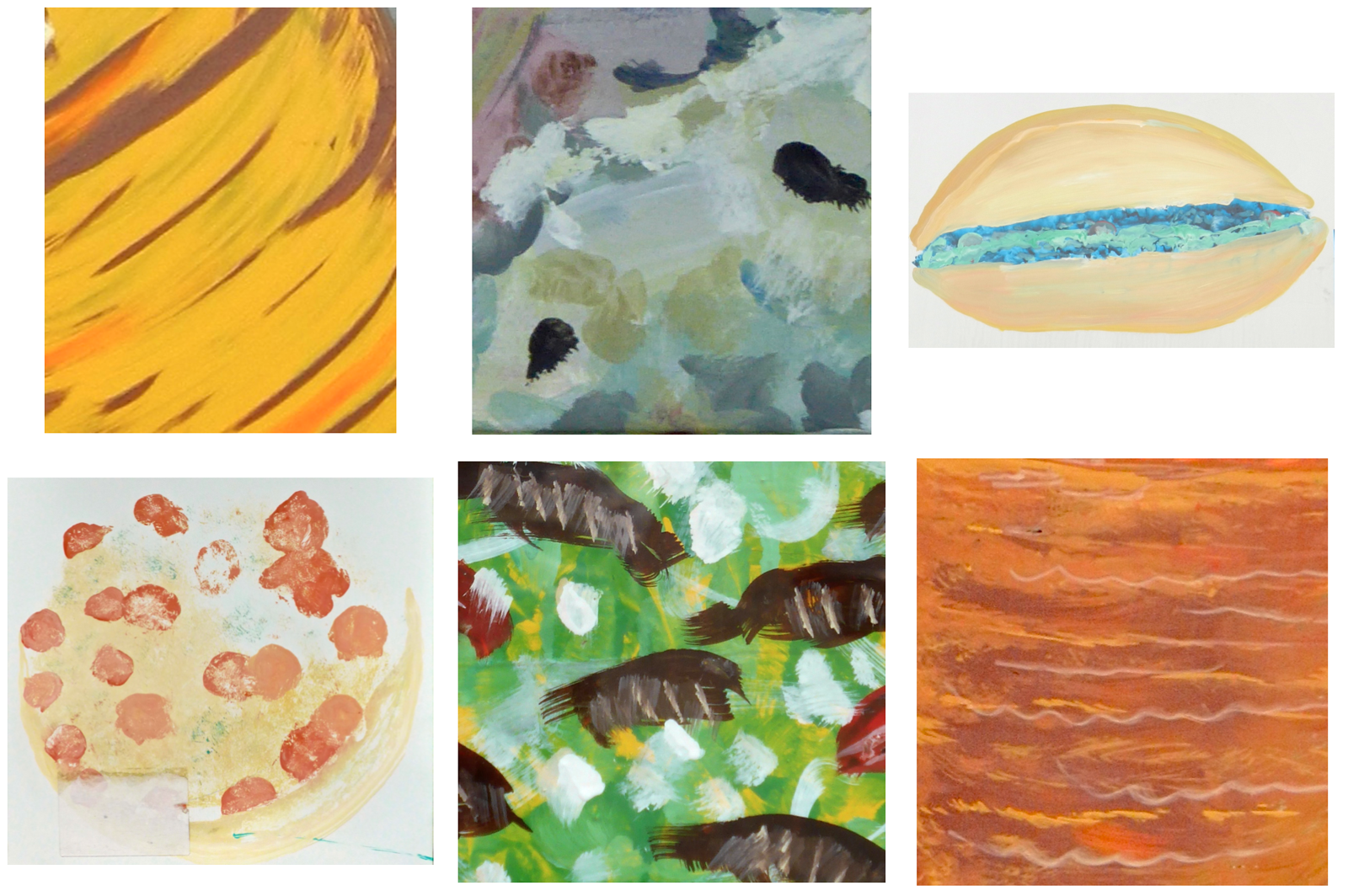An important book about an important artist. I confess I’m biased, since I collected Sue Williams’ art early in her career. But that art’s development, in its formal variety and conceptual complexity, has demonstrated a deepening of her talent and intelligence. This book is thoroughly illustrated, of course, and the essayists do a creditable job keeping up with the evolution it shows, especially the artist’s shift from explicit messages literally written into the work to an embrace of abstraction that is stylistically powerful and still intellectually challenging. You can find it here on Amazon.
Continue readingCategory: Art
The Art of Daniel Clowes: Modern Cartoonist
A good survey of Daniel Clowes’ career, with plenty of biographical insights. I used to live for the next issue of Eightball. I found his drawing style engaging — not true for me with many comic artists — and his sensibility was exactly on target. The fact that he once drew the House of Boris sign, then a North Side Chicago landmark, sealed the deal. Clowes is near the top of my list of all-time favorite cartoonists, which for the record also includes (not in exact order): Charles Addams R. Crumb Ernie Bushmiller Gary Larson Bill Watterson Roz Chast Chris
Continue readingReview: Martín Ramírez: Framing His Life and Art
Martín Ramírez: Framing His Life and Art by Víctor M. Espinosa My rating: 5 of 5 stars Victor Espinosa’s long-awaited study of Martin Ramirez — for most of his life an unknown inmate of an obscure California asylum but now an art-world star — joins the 5 or 10 most important books yet published on the subject of self-taught and outsider art. (Read my full review). View all my reviews
Continue readingConfession of a Sports Non-Lover
I admit it. I don’t carry my weight in the company of men. I don’t discuss sports. For most men, talking sports is as basic and natural a transaction as watching TV, tossing back beer or going to the toilet. It’s a universally understood way for strangers to structure interactions, for friends and family to build bonds.
Continue reading
An Appetite For Abstraction
Abstraction occurs all over. Can you guess where these abstract images are from? Click on the individual images below this group to find out.
Continue reading
Southeast Sider Art
Chicago’s Southeast Side easily looks like a wasteland to drivers taking the Chicago Skyway as the shortest, though most expensive, path to get from the city to Michigan. But of course there are glimpses of a more interesting reality. The most obvious are the dramatic railroad bridges you see as you cross the Calumet River near 95th Street. They are some of Chicago’s finest, and always the best part of a Skyway trip. But if you get off the expressway you can find great examples of the vernacular art that lines most of the Chicago area’s off-the-beaten-track commercial districts.
Continue readingShort Review: Harlem: The Unmaking of a Ghetto
Camilo Jose Vergara brings a fine photographic eye, a sociologist’s curiosity and expertise, and tremendous commitment to his explorations of cities, their decay and their resilience. This study of Harlem is most enlightening.
Continue readingShort Review: Yokai Museum (Supernatural Beings of Japan)
Yokai Museum: The Art of Japanese Supernatural Beings from Yumoto Koichi Collection is a compendium of Japanese demons and ghosts as visualized over 300 or so years up through the mid-20th Century. That cut-off period is important to those of us who love Japanese science fiction, especially the crazy monsters spawned by shows like Ultraman and made into some of the weirdest toys ever. The resonance of these Yokai with Pokeman is also strong, if not stronger. Although this book doesn’t get into those topics, and it seems not written for a U.S. audience, just looking at the pictures will
Continue readingShort Review — Home-Made Europe: Contemporary Folk Artifacts
A good follow-up to Home-Made Russia, with more make-do creations that often demonstrate artistic talent if not intent. Plus, the interviews with the creators (or occasionally their relatives) are entertaining in themselves. I’d love to know how Vladimir Arkhipov finds these people and their vernacular things.
Continue readingReview: Martin Ramírez: Framing His Life and Art
Martin Ramírez: Framing His Life and Art, by Victor M. Espinosa. University of Texas Press, Austin, 388 pages, 24 color photos and 54 b/w, 2015. ISBN 978-1-4773-0775-5. Hard cover, $40 Victor Espinosa’s long-awaited study of Martin Ramirez — for most of his life an unknown inmate of an obscure California asylum but now an art-world star — joins the 5 or 10 most important books yet published on the subject of self-taught and outsider art. It is the definitive treatment of a universally acknowledged self-taught master and is likely to remain definitive given the rigor of Victor Espinosa’s research. It
Continue reading